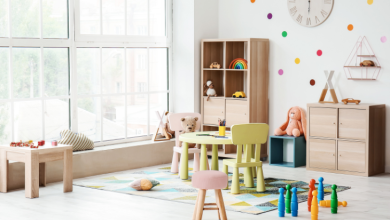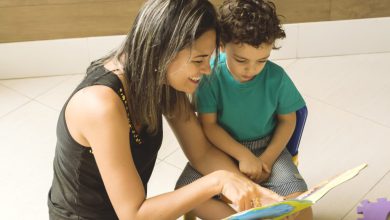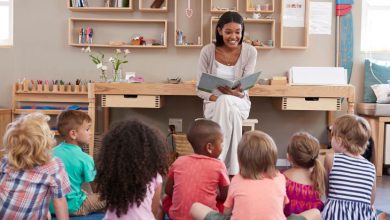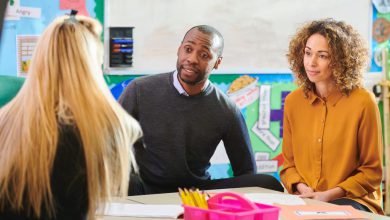What is the Reggio Emilia Philosophy?
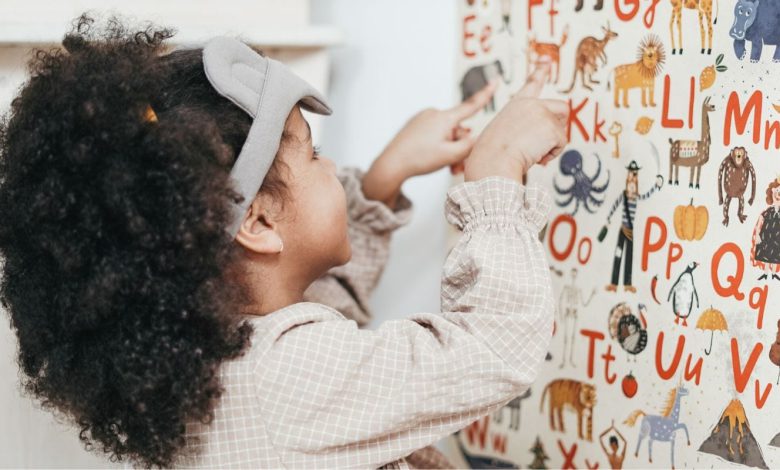
What is the Reggio Emilia Philosophy?
As a Reggio Emilia-inspired school, Little Sunshine’s Playhouse and Preschool provides an emergent curriculum to children every day, but what is the Reggio Emilia Approach? Who does it benefit? When, where, why, and how is it implemented?
Before reviewing Reggio Emilia in a childcare setting, it’s important to know the history behind this acclaimed early education philosophy. Reggio Emilia’s conception began in Reggio Emilia, Italy at the hand of a teacher and humanitarian named Loris Malaguzzi in 1945. After WWII, Reggio Emilia, Italy had instilled a deep desire for change and reform within their society. Loris Malaguzzi, and especially mothers of this time, saw the value in bringing these principles to childcare to ensure that the next generation wasn’t raised to tolerate the same injustice and inequality. As well founded in the idea that children begin to form personalities at a young age, the Reggio Emilia approach is one that takes individuality into account. The first Reggio Emilia school, made possible by the nearby community contributing money and land, was created in Villa Cella, a village just outside of the small Italian city in which its philosophy got its name. Loris Malaguzzi didn’t become involved until shortly after when he heard about this first community-made school. Passionate about early childhood development, he became a figurehead of the parent cooperative movement. Just like that, the first Reggio Emilia school and principles were created and would, later on, become the most acclaimed philosophy of early childhood development.
What is it?
The Reggio Emilia approach is unrivaled in its ability to encourage growth from its students. Teachers are taught to value students as capable and resilient, no matter their challenges, and to always guide with intention. Children are encouraged to build upon their own interests and paths while still furthering their basic skills, such as collaboration, problem-solving, and emotional intelligence. This is done mainly by implementing a curriculum based on the seven principles of Reggio Emilia:
Children can construct their own learning — Children are the main initiators of their learning process and should be treated as active collaborators in their education.
Children are collaborators and learn through interaction — Learning is based on relationships across all spectrums of learning. In Reggio Emilia, there is a close interaction between teachers, parents, and children.
Children are natural communicators — Children should be encouraged to communicate and express themselves however they can through words, movements, drawing, paintings, structures, and more.
The class environment is a third teacher — Children thrive in a welcoming, aesthetically pleasing environments that are suited to their interests and developmental stages.
Teachers are their guide — Teachers guide experiences, discovery, and problem-solving. A teacher looks for opportunities to encourage further exploration of a child’s interests.
Documentation of learning — Teachers document the learning process within the classroom and transcribe the verbal language used by children using photos, videos, and a portfolio of artwork.
Parents are partners in education — Parental participation in their child’s education is a critical component of the learning philosophy and should always be invited to play an active role in their child’s learning experience.
Who uses it?
Children in early childhood are more impressionable than ever, and the Reggio Emilia approach emphasizes this early development, recognizing that students must feel they have the tools and skills to succeed as they progress through this critical stage.
When is it used?
Teachers are not only encouraged to create inspired and educational environments in their classrooms, but as well to show students they can practice these new ideas when they return home. This can be by communicating confusing emotions to parents or just by simply exploring their interests further.
Where?
Classroom environments, referred to as ‘the third teacher,’ are implemental in this approach. Classrooms are stimulating and supportive of a wide array of possible interests. Whether a child finds themselves drawn to being the architect of high Jenga towers or cooking five-star plastic meatballs, they always have a place in their classroom. The idea behind this emphasis is to allow the child to pave their own paths and interests with the guidance of a caring teacher.
Why?
The Reggio Emilia philosophy has proven effective in creating an environment in which students are able to create their own success. Even small successes can instill life-lasting confidence and promote their future aspirations. As well, this approach bridges the gap between children and parents as they learn to communicate more effectively, which allows parents to have happier and healthier relationships with their young ones when they return home.
How is it implemented?
Although teachers and the classroom are crucial parts of the Reggio Emilia approach, students remain the focus. It’s important a child’s environment reflects how dynamic they are at this stage as they’re supported through their challenges and are encouraged to find success in their passions.
Some terminology to know:
Emergent learning = a flexible approach to learning that takes into account the child’s interests and the circumstances of each day
Third Teacher = encompasses the idea that classrooms, in providing a safe and stimulating environment, act as a third teacher
Hundred Languages = the idea that children express themselves in more than one way, by not only speaking but through activities like play and art
Child directed learning = learning that is child-led and based on the belief that, even at a young age, children are capable of learning and following their interests
Experimental learning = students mastering personal and academic skills through experience
Active constructor = through activities like projects, children are encouraged to take an active role in their education and develop tools, whether motor, mental or anything between
Documentation = the idea that the best way to reflect back on a child’s progress and learning is to keep their projects in a neat compilation for them and parents to review; this may include things like photography, drawings, or writing
Teachers, classrooms, and, most importantly, students, can account for the success of the Reggio Emilia approach and how it still serves students today. Find more on how Reggio Emilia is implemented at Little Sunshine’s Playhouse and Preschool here.


